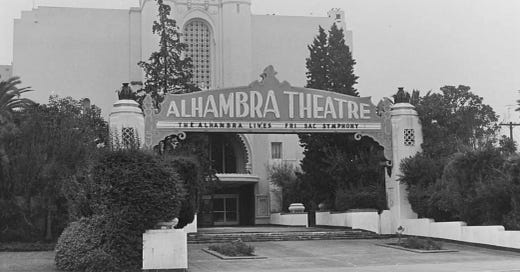The Alhambra Theatre, once a crown jewel of Sacramento’s architectural and cultural heritage, was far more than a grand movie palace. With its exquisite Moorish design, mesmerizing ambiance, and deep historical significance, the theater remains a poignant reminder of a bygone era and a symbol of what the city lost to time and progress. Decades after its demolition, the Alhambra’s legacy continues to stir nostalgia and inspire conversations about historic preservation.
The Alhambra Theatre opened its doors on September 22, 1927, at the corner of 31st and K Streets, now known as Alhambra Boulevard. Designed by the prominent architectural firm Starks & Flanders, the theater drew inspiration from Spain’s Alhambra Palace in Granada. Its façade featured domes, minarets, and intricate tilework that captured the essence of Moorish architecture, while its interior was a visual feast. Guests were greeted with opulent chandeliers, plush seating, and a starlit ceiling that evoked the magic of the night sky.
The Alhambra was more than a venue for films; it was a cultural cornerstone. With a seating capacity of 1,990 and a state-of-the-art Wurlitzer organ, the theater hosted a variety of events, from silent films and “talkies” to live orchestral performances and community gatherings. It wasn’t just a place to watch movies—it was a destination that brought people together, fostering an era of sophistication and communal spirit.
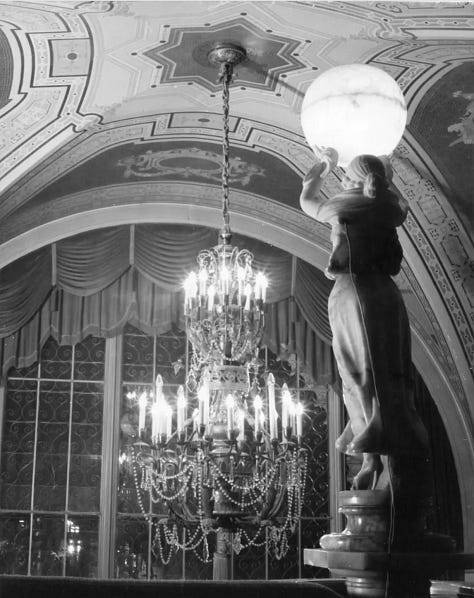
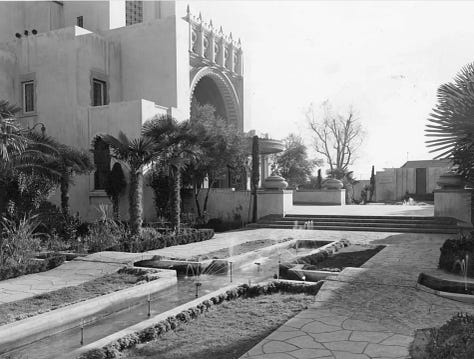
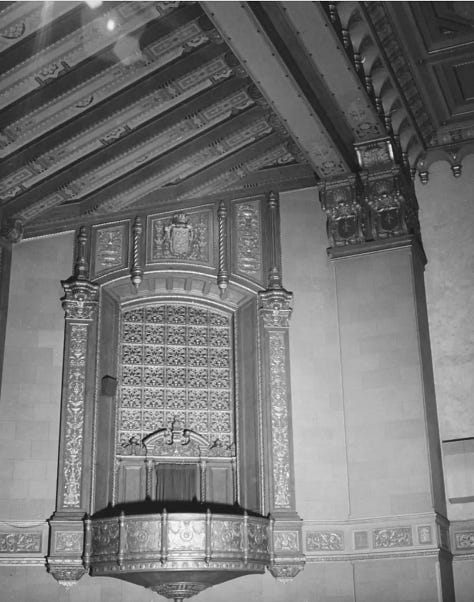
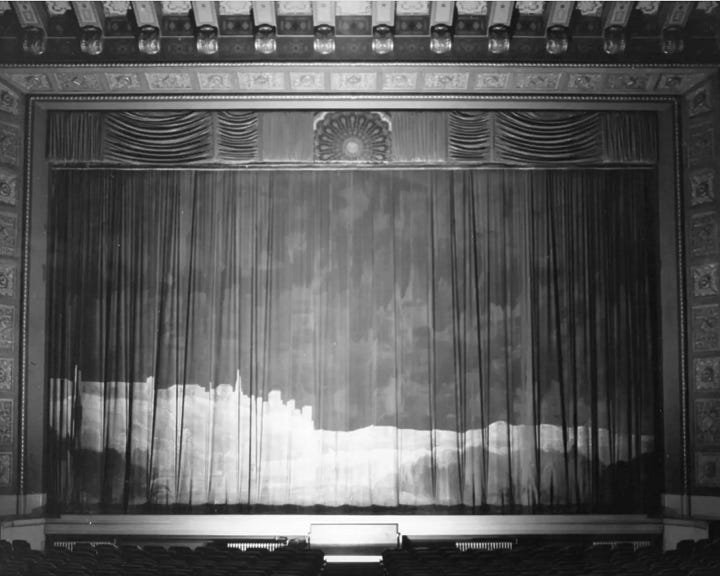

By the 1960s, the golden age of the Alhambra began to wane. Suburban sprawl and the emergence of multiplex cinemas lured audiences away from Sacramento’s historic downtown theaters. Despite impassioned efforts to save it, including protests and fundraising campaigns, the Alhambra faced an uncertain future.
In 1973, the Sacramento City Council made the controversial decision to demolish the theater, paving the way for a Safeway supermarket and parking lot. This decision ignited outrage among preservationists and community members, many of whom regarded the Alhambra as an irreplaceable cultural treasure.
Though the Alhambra Theatre is no longer standing, its memory endures. A fountain that once adorned the theater remains on Alhambra Boulevard, quietly nestled in the Safeway parking lot, serving as a small yet poignant reminder of the theater’s grandeur. Fragments of tilework and ornamental pieces were salvaged by preservationists, ensuring that pieces of the Alhambra’s beauty live on.
In recent years, the story of the Alhambra has become a rallying cry for historic preservation efforts in Sacramento. It’s a cautionary tale about the importance of protecting cultural landmarks that define a city’s identity.
For those who experienced the Alhambra firsthand or have come to know it through stories and photographs, the theater is a cherished emblem of an era when Sacramento’s skyline was adorned with unique architectural treasures. Its loss serves as a sobering reminder of what can happen when heritage is undervalued.
While a Safeway supermarket now occupies its former site, the spirit of the Alhambra Theatre lives on. It stands as both a lament for what Sacramento has lost and a call to cherish and protect the city’s remaining architectural gems.


